Messerschmitt Me-109V89L9GS Nasen-Kegelbombe Abfangjager Conzept A(B) mit BMW Vb7716A Motor
Put the name into Google translate and see what you get (just the part from Nasen to Abfangjager)
Notes:
-Sadly, no cockpit view
-Hold pitch until the airplane takes off
Controls:
-Action group 1: Jettison drop tank
History: In late 1944, the Luftwaffe was suffering huge losses to their air forces and had almost nothing left to fight the allied bombers with. So, Messerschmitt and Gunther-Schmitt decided to build a joint fighter. The project was meant to have an aircraft, preferably an Me-109, ram itself into allied bombers and even fighters. A single Me-109, which was in great condition, was selected as the experimental testing platform. The two companies both implemented their own design features into the aircraft, which eventually was given the official title of "Me-109V89L9GS" (V89 meaning engine type, L9 meaning the version of propeller, and GS meaning Gunther-Schmitt). The whole aircraft was painted blue to hopefully camouflage it against enemy aircraft (but in reality there was essentially no more paint to apply to any Luftwaffe aircraft). A test pilot was chosen and the Me-109V89L9GS took to the skies on May 1, 1945. The flight was successful, and the single aircraft was then flown by its test pilot on its first, and only, combat mission. The aircraft took off from an unknown runway in Germany and flew to intercept an American bombing formation. The Me-109V89L9GS suffered an engine malfunction before it could reach the bombers and the pilot flew it back to the unknown airbase. Unknown to the pilot, the airfield had been taken by American ground forces during the flight, and the Me-109GS (shortened from Me-109V89L9GS), along with its pilot, was captured and sent back to the United States for further testing. They found that it would have reached a top speed of over 450mph, but the malfunctioning engine meant that it could only get to a top speed of around 250mph. After the war, the Me-109GS was sent back to Germany and has been displayed in aviation museums all over said country since.
Specifications
General Characteristics
- Predecessor WW2 PROPPELLER RAMMING CHALLENGE (CLOSSED)
- Created On iOS
- Wingspan 58.4ft (17.8m)
- Length 47.7ft (14.5m)
- Height 19.3ft (5.9m)
- Empty Weight 8,773lbs (3,979kg)
- Loaded Weight 9,218lbs (4,181kg)
Performance
- Horse Power/Weight Ratio 0.216
- Wing Loading 17.2lbs/ft2 (84.0kg/m2)
- Wing Area 535.7ft2 (49.8m2)
- Drag Points 8017
Parts
- Number of Parts 196
- Control Surfaces 4
- Performance Cost 681

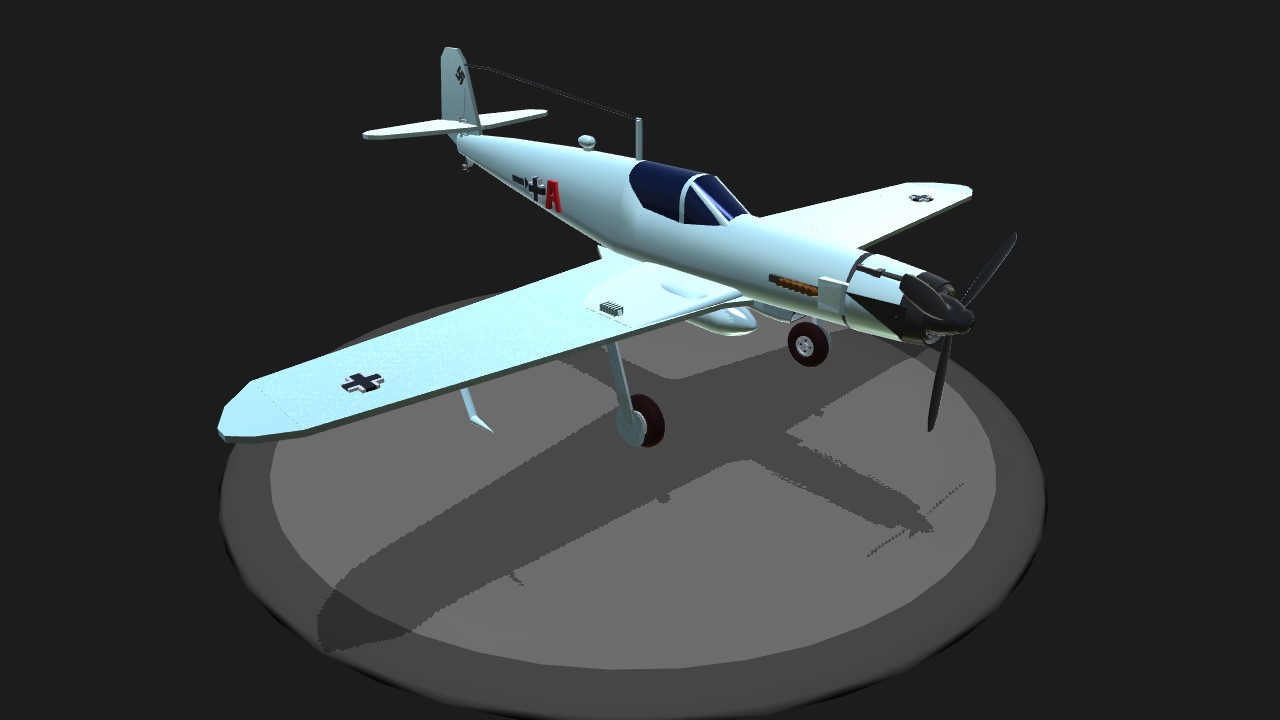

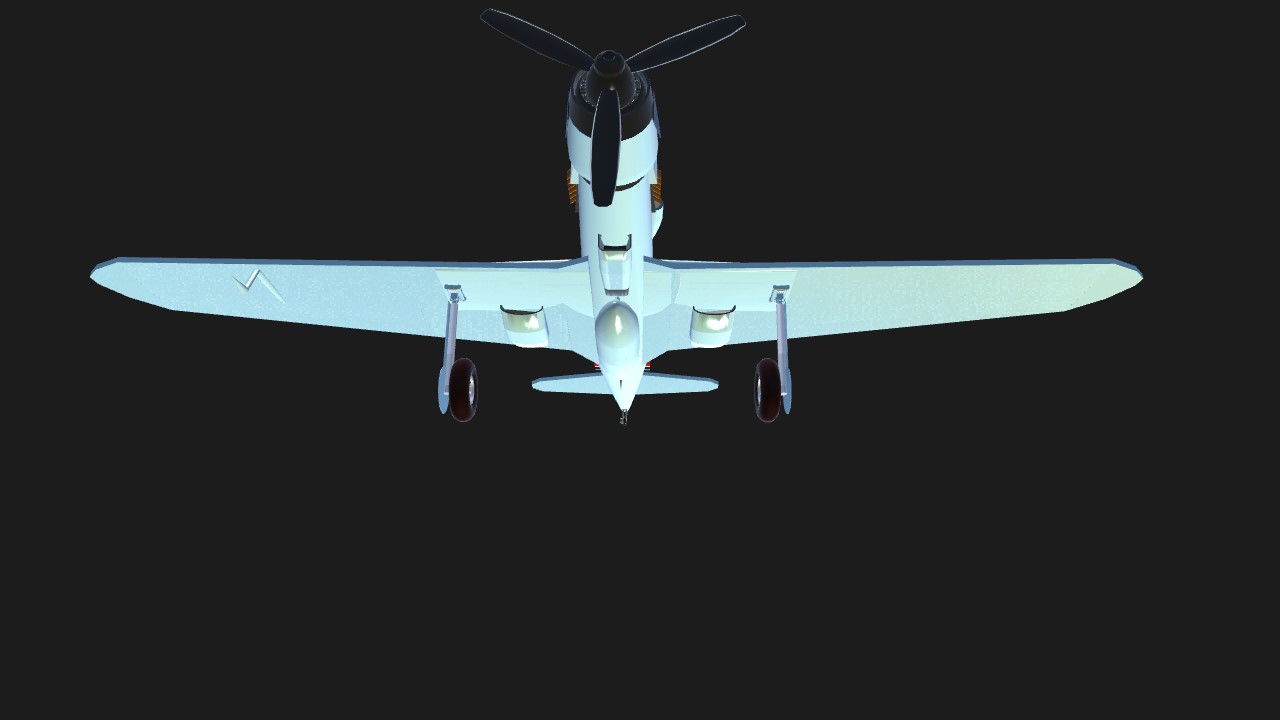
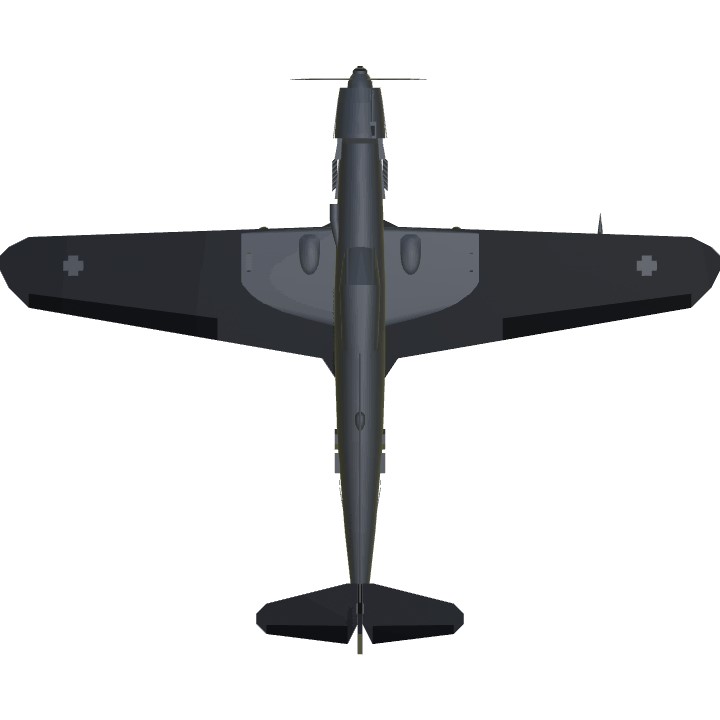
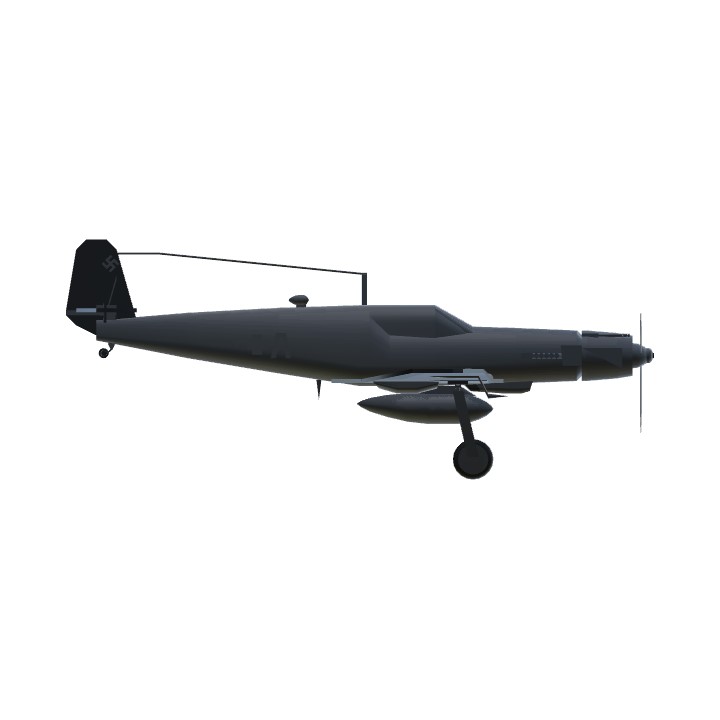
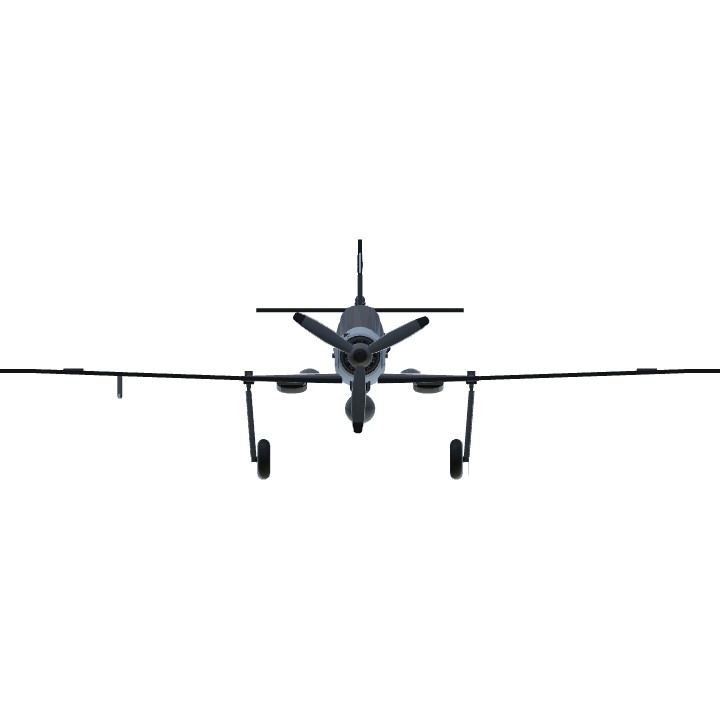
wow it's a beautiful plane..
I remember reading somewhere that one of the pilots who survived said that the oldest pilot there was 19. @PyrusEnderhunter
They were just kids ;-; @DestinyAviation
@DestinyAviation only kids ;-;
Very true, the Sonderkommando Elbe pilots @PyrusEnderhunter
@DestinyAviation yeah. However, there were ramming attacks by regular ME-109s.
We'll, I mean they could have, but they never even got to see this plane. @PyrusEnderhunter
@DestinyAviation imagine an enemy bomber pilot saying that: "OH GOD! It's an KEGELBOMBE ABFANGJAGER!"
Yeah... @Athaya